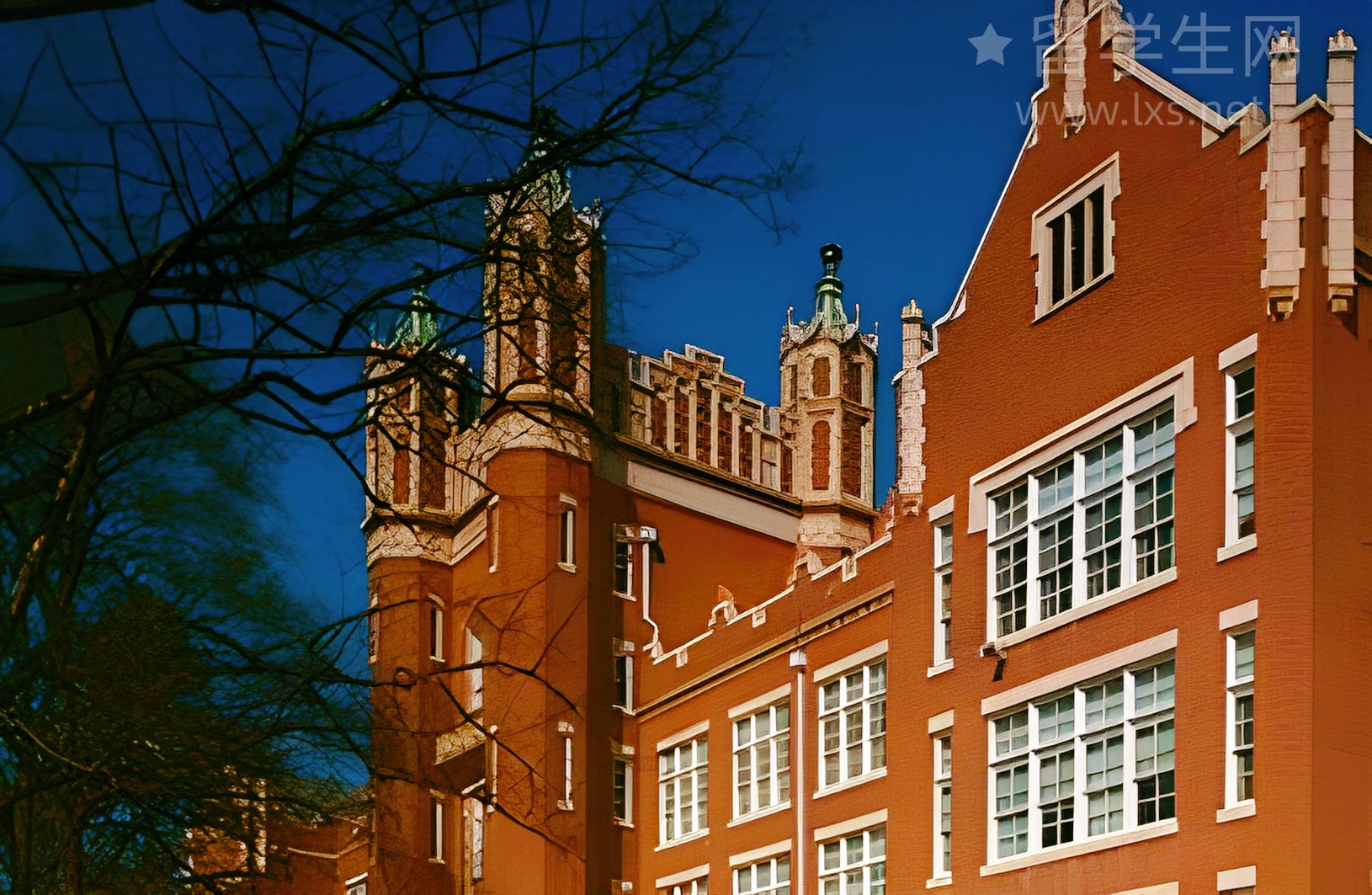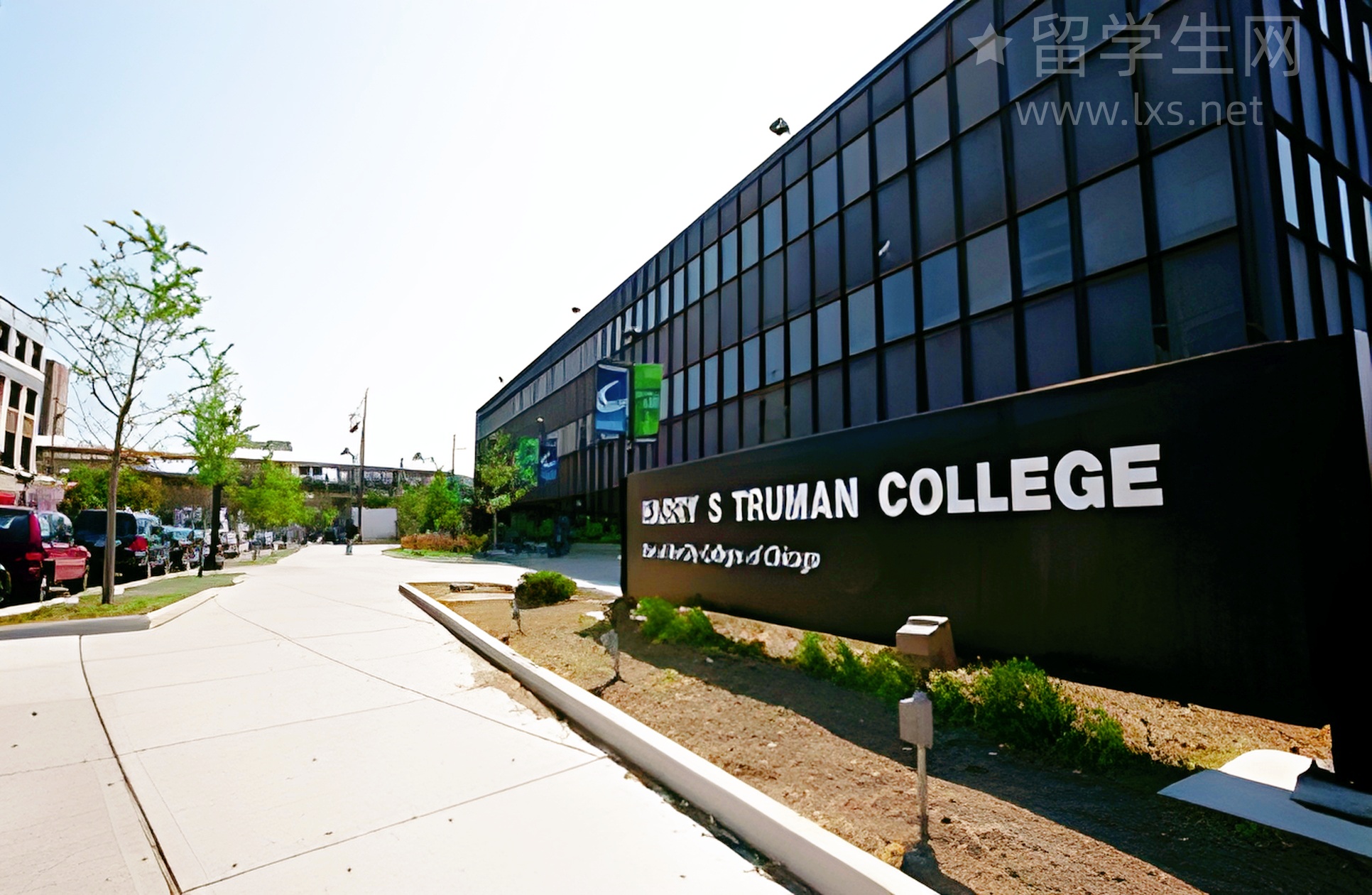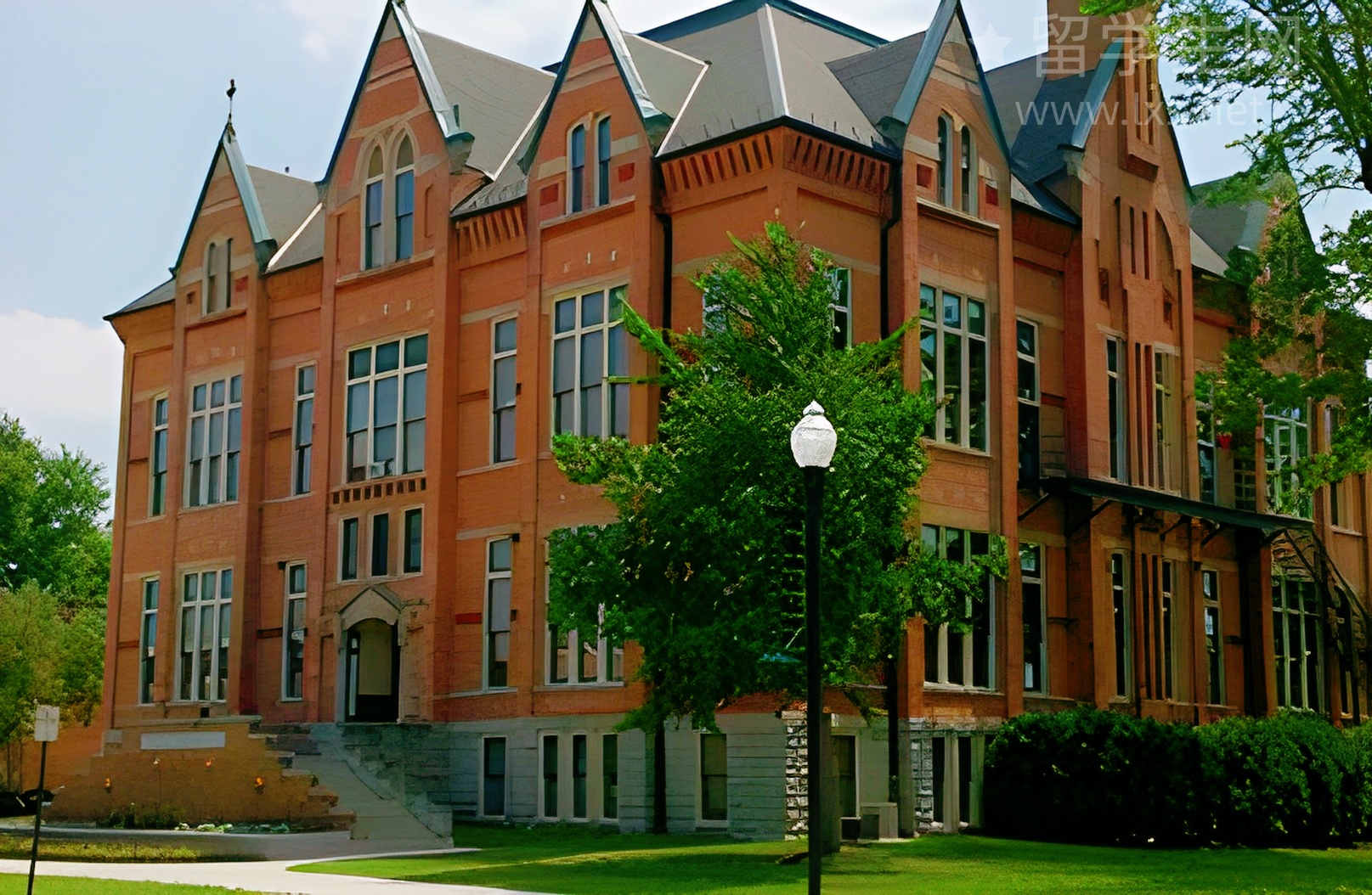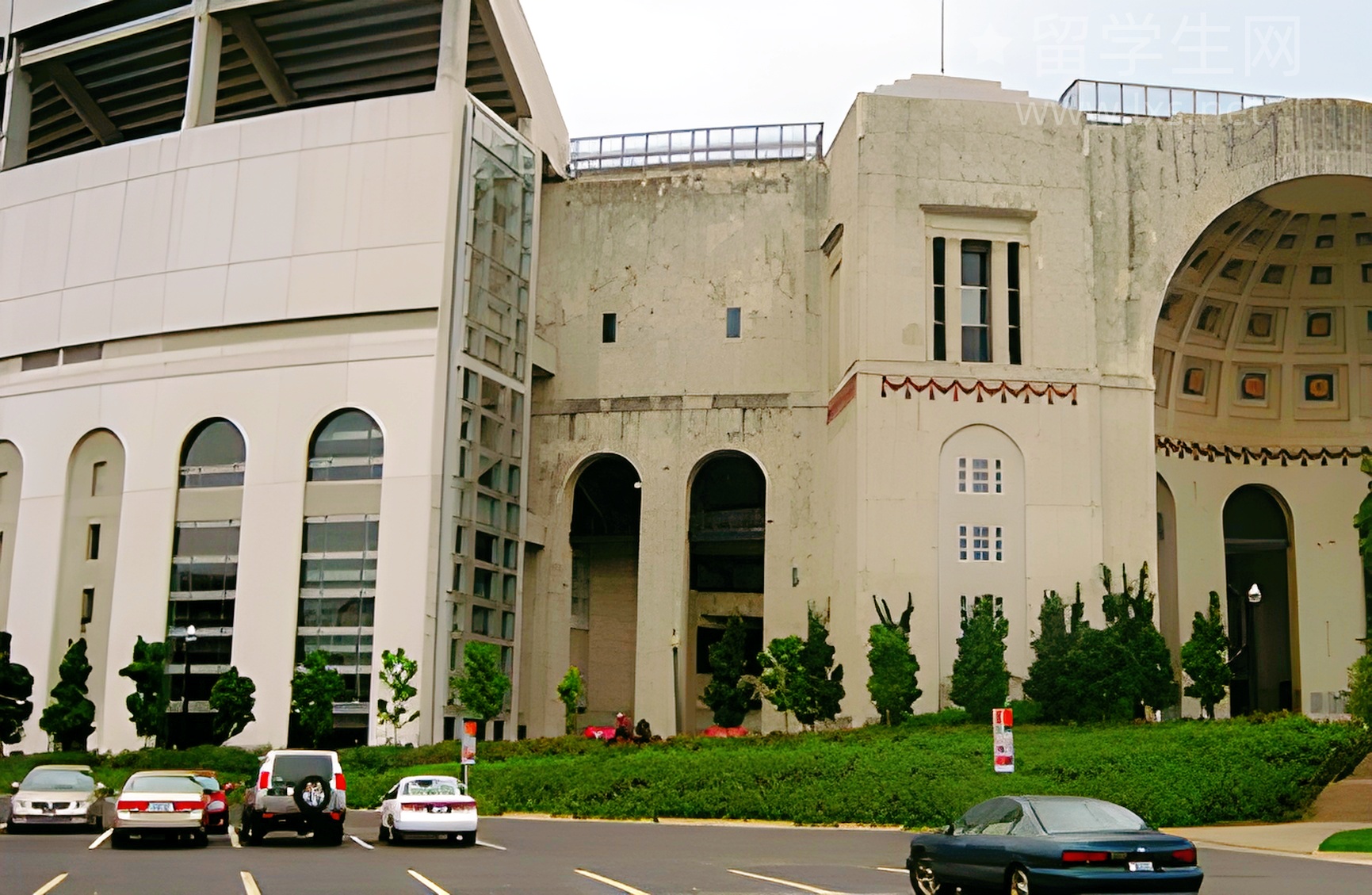| 苏州考生口语备考三大核心要点 | |
|---|---|
| 1. 拒绝生搬硬套 | 放弃通用模板,学会将个人真实经历、尤其是苏州本地的特色元素融入答案,让你的表达独一无二,充满生命力。 |
| 2. 逻辑大于词汇 | 在Part 3中,清晰的逻辑框架远比堆砌高深词汇更重要。先搭好骨架,再填充血肉,考官才能跟上你的思路。 |
| 3. 练习贵在真实 | 不要只在脑子里默念。找个语伴,或者对着镜子、用手机录音,进行模拟对练,暴露问题才能解决问题。 |
在苏州备考雅思的小伙伴们,是不是都有一个共同的痛:口语成绩像被“焊”在了6分或6.5分,无论刷了多少题,背了多少范文,一到考场面对考官,就又变回那个支支吾吾、满口“I think…”的自己?别急,这篇攻略就是为你量身定做的“破壁指南”。今天,我们不谈空洞的理论,只聊最接地气、最适合苏州考生的实战技巧,让你把口语变成拉分项!
第一招:化“苏州日常”为“高分素材库”
很多同学在准备Part 2话题时,总喜欢背一些离自己生活很远的“高大上”素材,比如描述一个从未去过的国家公园,或者一件没做过的极限运动。结果呢?说起来毫无感情,细节苍白,一听就是背的。其实,你身边的一切,都是最好的素材。
案例一:Describe a historical place you have been to.
别再说故宫、长城了,聊聊你周末刚去过的拙政园或者留园吧!你可以这样描述:
“I'd like to talk about the Humble Administrator's Garden, a classic masterpiece of Suzhou gardens. What fascinates me most isn't just its scale, but its exquisite design philosophy, which is called 'a new scenery with every step' (一步一景). As you walk through the winding corridors, you'll see intricately carved window lattices (花窗) that frame the view outside like a living painting. You see the reflections of pavilions in the tranquil pond, and the artfully placed rockeries (假山) that mimic grand mountains. It’s not just a place to visit; it’s an immersive experience that embodies ancient Chinese wisdom about harmony between man and nature.”
看,这样一说,是不是画面感十足,充满了个人体验和文化底蕴?
案例二:Describe a street you like to visit.
忘掉千篇一律的“shopping mall”,说说观前街或者平江路。
“My favorite street is Pingjiang Road, a historical block that runs alongside a canal. It perfectly captures the essence of Suzhou, which is often called the 'Venice of the East'. I love strolling on its ancient stone-paved paths (石板路), watching the wooden boats drift by. Sometimes, you can even hear the gentle melody of Pingtan (评弹), a local form of storytelling and ballad singing, coming from a traditional teahouse. It’s a sensory journey – you smell the sweet osmanthus cakes from street vendors and feel the history in every stone bridge you cross.”
当你用这些生动、具体的本地素材时,你的答案会立刻变得真实可信,你的流利度和词汇的自然度也会大大提升。如果你觉得自己的描述不够地道,或者想不起合适的词汇,不妨试试我们 留学生网 的AI写作与口语辅助工具。它内置了智能算法,能根据你的中文思路,智能生成地道的英文表达,帮你把“苏州美景”说得更漂亮,这比死记硬背范文要高效得多。
第二招:掌握“万能逻辑链”,攻克Part 3难题
Part 3之所以难,是因为它考验的是你的思辨能力。考官想听到的不是一个简单的“Yes”或“No”,而是一个结构完整、有理有据的论述。面对抽象问题,很多同学会大脑一片空白。这时,你需要一个“万能逻辑链”来帮你组织思路。
这个逻辑链很简单,记住四个步骤:观点 → 解释 → 举例 → 延伸/对比
我们来实战演练一下:
Question: Do you think modern technology makes people more isolated?
【观点】 “That’s a complex issue. In my opinion, while technology connects us in many ways, it does pose a significant risk of making people feel more isolated on a daily basis.”
【解释】 “This is mainly because virtual interactions, like texting or scrolling through social media, often replace genuine, face-to-face communication, which is crucial for building deep emotional connections.”
【举例】 “For instance, in Suzhou, you often see a group of friends sitting together at a café in the city center. But instead of chatting with each other, they are all glued to their phones. They are physically present, but mentally absent from the conversation. This creates a sense of loneliness even when they are in a group.”
【延伸/对比】 “However, on the other hand, for people like us, international students, technology is a lifeline that connects us with family and friends thousands of miles away. So I guess it really depends on how we choose to use it.”
这个逻辑链条几乎可以应对所有Part 3的问题。它能保证你的回答既有条理,又有深度,还能自然地延长你的发言时间,充分展示你的语言能力。要让你的论证更有说服力,光有框架还不够,还需要高质量的观点和语料。在 留学生网 的雅思备考板块,我们利用AI技术和大数据分析,为你整理了海量的多学科背景资料和热门话题模板库。无论是教育、科技还是环保,你都能找到闪光的观点和地道的表达,让你的答案不再是陈词滥调。
总而言之,苏州的同学们,想要突破雅思口语7分,关键在于“个性化”和“逻辑化”。别再害怕开口,也别再依赖那些让你听起来像机器人的模板。走进苏州的大街小巷,把你的生活变成你的独家素材;运用万能逻辑链,把你的思考清晰地表达出来。相信我,当你能自信地和考官聊起昆曲、苏绣,或是对某个社会问题侃侃而谈时,7分,真的离你不远了!






